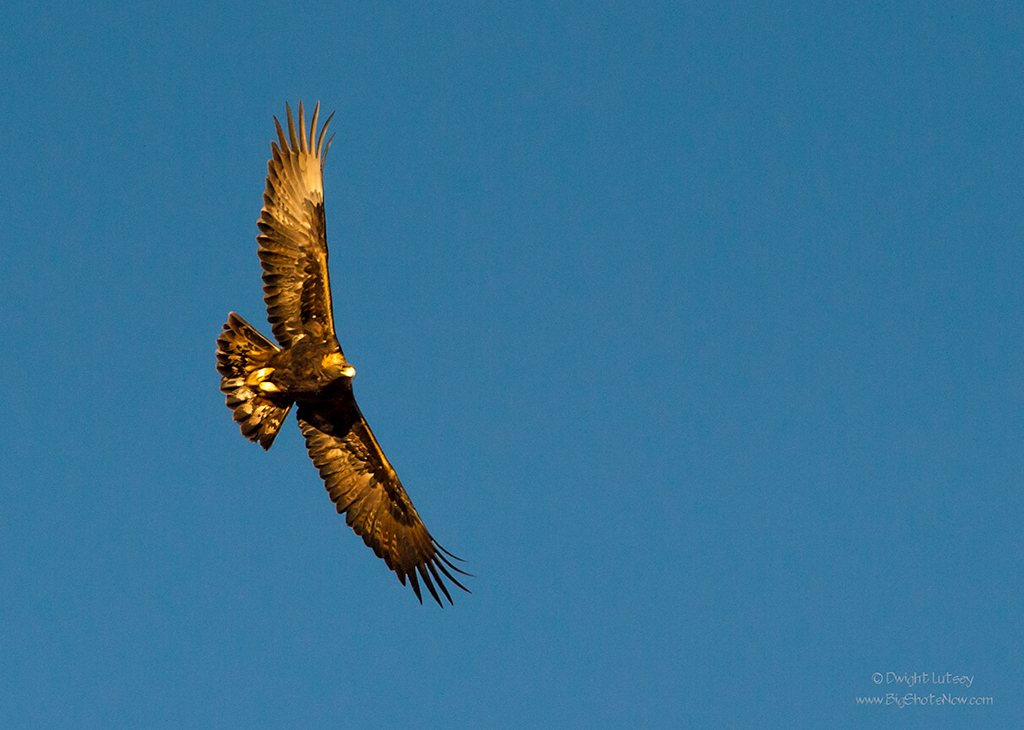Phases of the moon. For the uninitiated this is the naming nomenclature for how the moon appears to us as we look at it from our lowly perch here on Earth. For years people have looked at the moon and yelled out its name or phase so they and everyone else were clear on what time of the lunar calendar it was. “Hey it’s full moon! Don’t be leaving your Mother-in-law out on the porch tonight or she’ll turn into a real …. “(insert the expletive of your choice here). Naming the phase was important so they wouldn’t accidentally kill their chickens or maybe the sacrifices they were holding from another tribe, or plant their rutabagas too soon and screw things up. There is a system to all things and you could really screw the pooch if you weren’t in phase with the moon.
Luckily for us and actually for you too if you think about it, we have a department here at *The Institute that keeps track of the phases of the moon just in case something weird might occur and upset the balance of things. If you do not know the names of all the phases of the moon, and how could you actually, our staff here at The Institute, all trained Moonies by the way, have developed a short list that states the names of the different phases of the moon in their auspicious, propitious, timely, yet seasonable order. Here they are.
None : no moon, just darkness deep and scary, anything can happen
Only a Sliver, Just a bitty Mr. Nitty: A little rhyme that our interns use to remember this phase
Quarter Moon in a 10¢ Town: 1st Quarter of the moon. Thanks Emmy Lou for your help in naming this phase.
More’n a Quarter But not Half Bad: This is the phase after Quarter Moon but not yet close to the next phase. Kind of like the Turkish moon with that star near it but not quite. Need training to spot this one.
Half Moon: This is the phase where the moon is exactly half way through its cycle. Half the moon is visible and half is not. This is up to the viewer to decide which is which but usually the brighter side is the one half visible. Some disagree with this but then they also believe that the earth is still flat after all these years, people actually care when they ask you how you are, and that there is some reason for things being the way they are now. Like a plan or something. Yeah, right.
Half Moon Plus a Bit: This is another ticklish phase that is difficult to recognize. Our Moonies can do it because they spend a lot of time sitting around singing, banging on tambourines and thinking about this stuff. If you’re not sure if you’re in this phase or not, Ask a Moonie.
3 Quarters no Dimes: This is another little mnemonic used by our interns to remember what comes after Half Moon.
Full: This is it, The Big Kahuna. The one all the crazies wait for. The one lovers like. The one that shines up the night like Nature’s own Klieg light. This is the full moon. Nearly everyone can recognize this phase with little or no help. Except the Half Moon people of course, they’re still working on that deal about the Earth being 8000 years old.
Just Past Full: This one often slips by without recognition because it looks so much like a Full moon. We have illustrated this phase with the image above taken just a day ago from the Lunar Imaging platform up the West Tower right below the eaves, way the bejuzus up in the air. It is in the Just Past Full phase. You can see it looks pretty much like a full moon and as we are usually still dealing with the crazies that come out to howl at the Full Moon we easily miss this phase.
3 Quarters on the other side of the Full moon: See explanation of 3 Quarters no dimes above and just reverse it.
Back To Half Full: Ditto
More’n a Quarter But not Half Bad The Other Way: You’re starting to get the picture here. Things are going backwards or reversing if you need a more lunar-like term.
Only a Sliver, Just a bitty Mr. Nitty but on the Flip Side: Just flip the picture of this moon left to right and you’ll be able to see it. This is often difficult for people with dyslexia. If you have this problem call our 1- 900 number Can’t tell which Sliver of the Moon it Is Hotline, and we’ll straighten you right out. Additional charges may apply. Consult your CPA or Personal Banker to determine if you can afford to make the call. Se Habla Espanol.
None: Yup, you’re back to the scary time again. We recommend staying indoors and bingeing on your favorite HBO series during this phase. Eat lots of carbs, drink lots of water. Lock your doors.
So…….There you have it. The complete skinny about the Phases of the Moon. Feel better? We know we do.
As always we want to remind you that this unsolicited bulletin educating you on the phases of the moon has been a Public Service of The Institute, a non-profit, non-existent, totally motivated organization dedicated to bringing you, our readers, the newest and most comprehensive information available. Remember we’re the Institute and we’re here to help.
* Note: For those of you unfamiliar with The Institute and what it does, please see the page labeled The Institute on the Menu Bar above. That should explain everything. You shouldn’t have one single question remaining regarding The Institute after reading it. None. For those of you favored few who already know about the Institute, Nevermind. Return to your daily activities. Thank you for your support.





You must be logged in to post a comment.